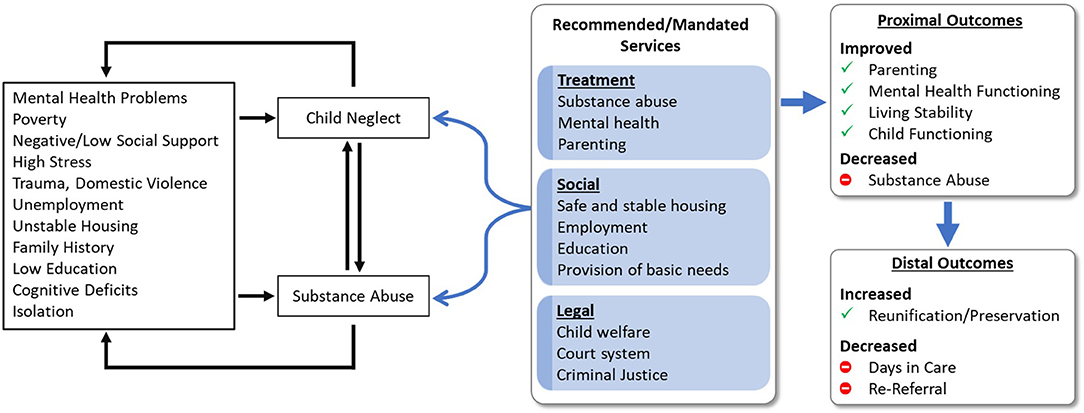Report on Increasing Heat Wave Intensity and Its Implications for Sustainable Development Goals (SDGs)
Overview of Rising Heat Wave Risks
As global temperatures continue to rise due to climate change, heat waves are becoming more intense and widespread. This escalation poses significant health risks, with many regions approaching temperatures that exceed human tolerance levels, even with traditional protective measures such as hydration and shade.
Scientific Findings on Heat Thresholds
Tom Matthews, a climate scientist at King’s College London, highlights the limitations of conventional advice during extreme heat events. According to Matthews:
- Moderating physical activity, avoiding sun exposure, and staying hydrated are no longer sufficient to prevent heat-related health issues.
- At critical temperature thresholds, the human body’s ability to regulate its internal temperature fails without external cooling mechanisms like air conditioning.
Projected Impact of Temperature Increases
A recent study conducted by Matthews and his team estimates the following:
- If global temperatures rise by approximately 1.8°F (1°C), an area equivalent to the size of the United States could experience temperatures surpassing dangerous heat thresholds for young, healthy adults.
- A larger geographic area will face temperatures potentially lethal to older adults, who have lower heat tolerance.
Regions Most at Risk
- Subtropical and tropical regions are identified as the most vulnerable.
- South Asia and Saharan Africa are particularly at risk of experiencing deadly heat conditions.
Implications for Sustainable Development Goals (SDGs)
The intensification of heat waves directly impacts several SDGs, including:
- SDG 3: Good Health and Well-being – Increased heat-related illnesses and mortality necessitate urgent public health interventions.
- SDG 6: Clean Water and Sanitation – Access to clean water is critical for hydration during heat waves.
- SDG 7: Affordable and Clean Energy – Expanding access to air conditioning requires sustainable energy solutions to avoid exacerbating climate change.
- SDG 13: Climate Action – Mitigating global warming is essential to prevent further increases in dangerous heat exposure.
- SDG 11: Sustainable Cities and Communities – Urban planning must incorporate heat mitigation strategies to protect vulnerable populations.
Recommendations for Addressing Heat Wave Challenges
- Increase access to affordable and sustainable cooling technologies, particularly air conditioning, in high-risk regions.
- Implement public health campaigns to raise awareness about heat risks and protective measures beyond traditional advice.
- Invest in renewable energy infrastructure to support increased energy demands without contributing to greenhouse gas emissions.
- Enhance urban design to reduce heat exposure, such as increasing green spaces and reflective surfaces.
- Strengthen international cooperation to support vulnerable countries in adapting to rising temperatures.
Conclusion
The growing intensity of heat waves presents a critical challenge that intersects multiple Sustainable Development Goals. Addressing this issue requires integrated strategies combining climate action, public health, energy access, and urban planning to safeguard human health and promote sustainable development globally.
Reporting credit: Sarah Kennedy / ChavoBart Digital Media
1. Sustainable Development Goals (SDGs) Addressed or Connected
- SDG 3: Good Health and Well-being
- The article discusses the health risks posed by extreme heat waves, including the inability of people to cool down naturally, which threatens well-being and can cause heat-related illnesses or death.
- SDG 13: Climate Action
- The article highlights the impact of global warming on increasing the intensity and frequency of heat waves, emphasizing the need for climate action to mitigate these effects.
- SDG 7: Affordable and Clean Energy
- Access to air conditioning is identified as a critical adaptation measure to protect vulnerable populations from extreme heat, linking to the goal of ensuring access to reliable and affordable energy services.
- SDG 10: Reduced Inequalities
- The article points out that subtropical and tropical regions, such as South Asia and Saharan Africa, are particularly at risk, suggesting the need to address inequalities in access to cooling and healthcare.
2. Specific Targets Under Those SDGs
- SDG 3: Good Health and Well-being
- Target 3.9: Reduce the number of deaths and illnesses from hazardous chemicals and air, water, and soil pollution and contamination, which can be extended to include heat-related health risks.
- Target 3.d: Strengthen the capacity of all countries for early warning, risk reduction, and management of national and global health risks, relevant to heat wave preparedness.
- SDG 13: Climate Action
- Target 13.1: Strengthen resilience and adaptive capacity to climate-related hazards and natural disasters in all countries.
- Target 13.3: Improve education, awareness-raising, and human and institutional capacity on climate change mitigation, adaptation, impact reduction, and early warning.
- SDG 7: Affordable and Clean Energy
- Target 7.1: Ensure universal access to affordable, reliable, and modern energy services, including access to cooling technologies like air conditioning.
- Target 7.2: Increase substantially the share of renewable energy in the global energy mix, which could be relevant for sustainable cooling solutions.
- SDG 10: Reduced Inequalities
- Target 10.2: Empower and promote the social, economic, and political inclusion of all, irrespective of age, sex, disability, race, ethnicity, origin, or economic or other status, which includes equitable access to health and cooling resources.
3. Indicators Mentioned or Implied to Measure Progress
- Health and Heat-Related Mortality Indicators
- Number or rate of heat-related illnesses and deaths, especially among vulnerable populations such as older adults.
- Incidence of heat stress cases requiring medical intervention.
- Climate and Temperature Indicators
- Average global temperature increase (e.g., 1.8°F rise mentioned as critical threshold).
- Geographical extent of areas experiencing dangerous heat thresholds.
- Access to Cooling and Energy Indicators
- Proportion of population with access to air conditioning or other effective cooling technologies.
- Energy consumption related to cooling and the share of renewable energy used for such purposes.
- Vulnerability and Inequality Indicators
- Disparities in access to cooling and healthcare services across regions and demographic groups.
- Measures of adaptive capacity and resilience in at-risk regions like South Asia and Saharan Africa.
4. Table of SDGs, Targets, and Indicators
| SDGs | Targets | Indicators |
|---|---|---|
| SDG 3: Good Health and Well-being |
|
|
| SDG 13: Climate Action |
|
|
| SDG 7: Affordable and Clean Energy |
|
|
| SDG 10: Reduced Inequalities |
|
|
Source: yaleclimateconnections.org







